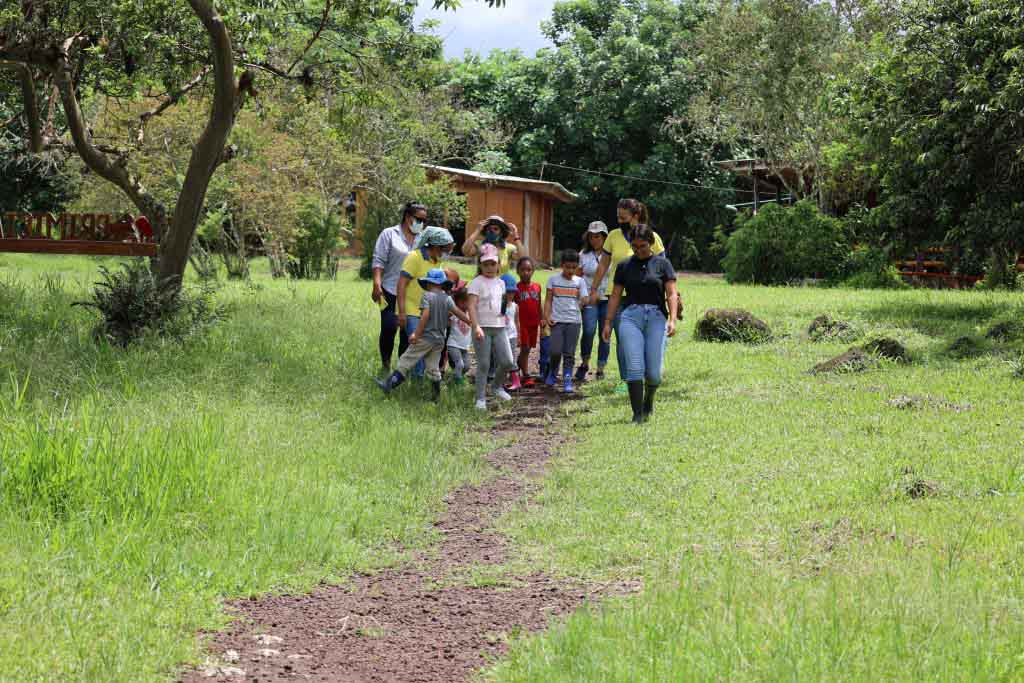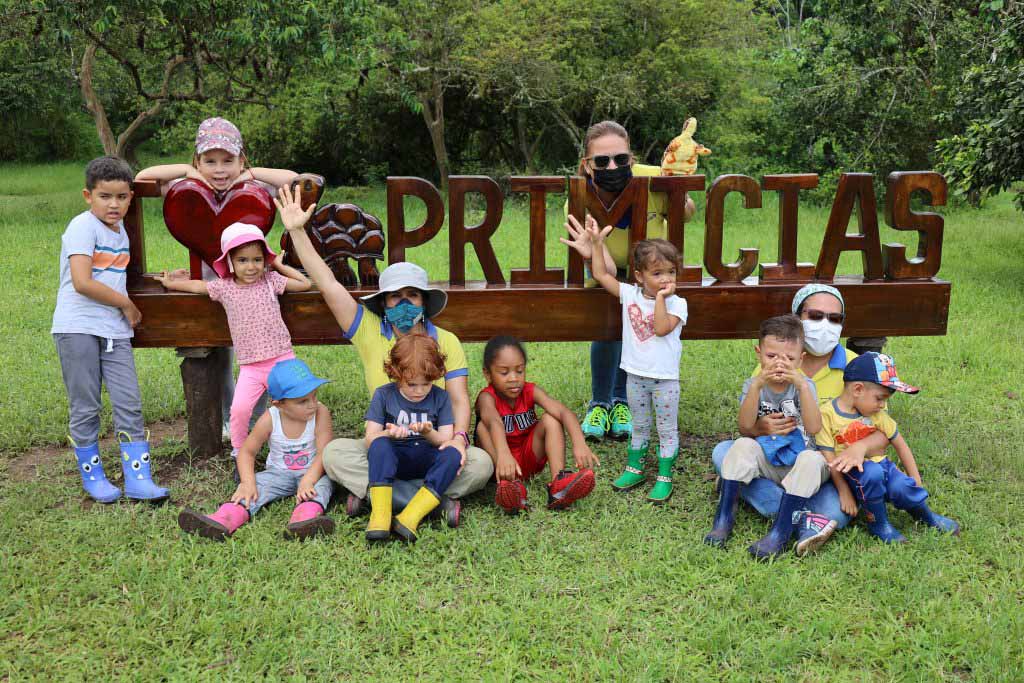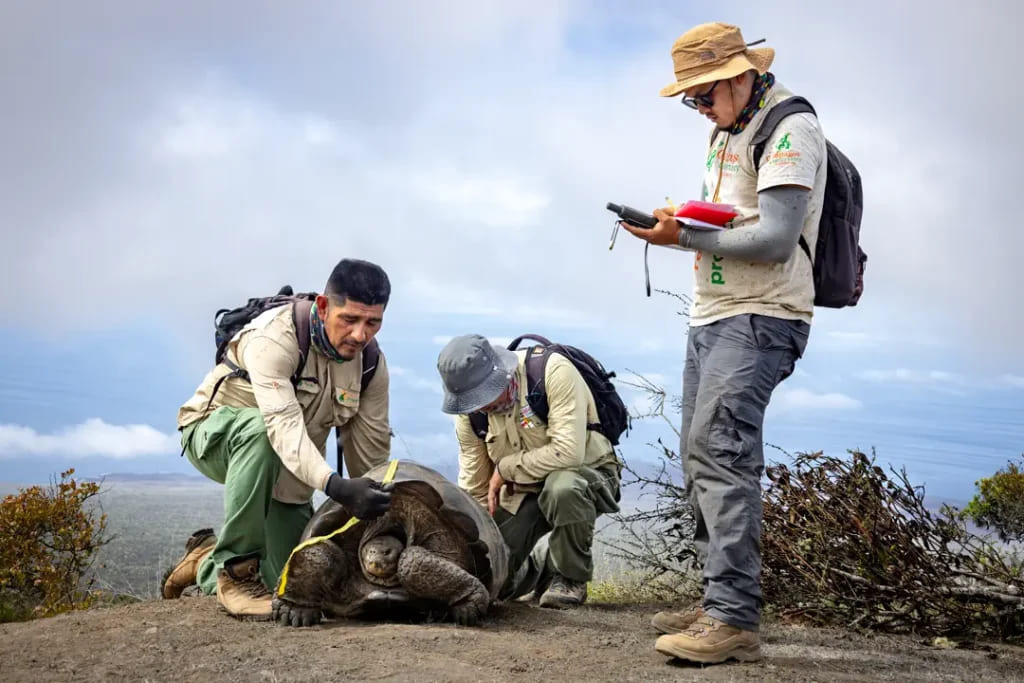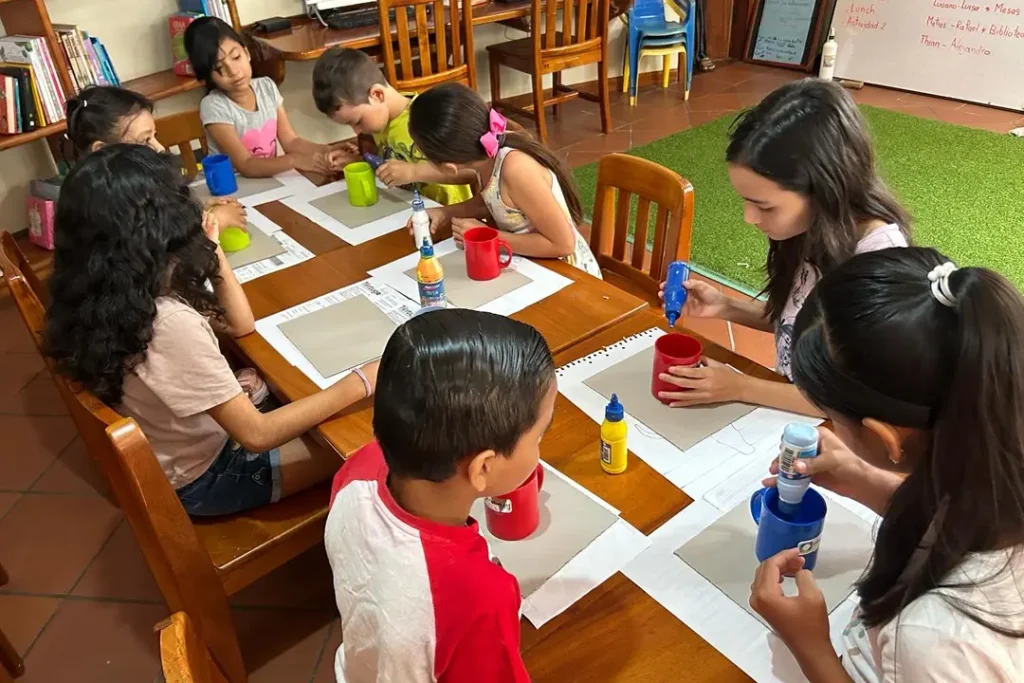Jenny Macias is an educator who was awarded a Galapagos Conservancy Conservation Action Grant. She lives on Santa Cruz Island, and she leads the Pasitos de Gigantes project. Jenny teaches children aged three to five years old how to care for the beautiful Galapagos Islands. This includes field trips to the highlands and conversations with naturist guide. The project is aimed at children who are small but have a huge impact on Galapagos.
Macias stated that the responsibility for caring for the islands is not just the responsibility of authorities and educators. “It’s everyone’s responsibility and vitally important to give environmental education the youngest children.” It is the seed that we give to these little and large giants that can make a difference and have an effect on their parents and grandparents to care for the paradise that surrounds them.
To raise awareness about the importance of caring for our planet, environmental education is vital. According to UNESCO the following are the goals of environmental education for children:
- Sensitize and raise their awareness about environmental issues.
- Encourage them to take an active role in improving and caring for the environment.
- Encourage them to be able to understand the world around them.
Galapagos Conservancy believes that Pasitos de Gigantes is an important program for connecting youth to the natural world. The benefits of environmental education are that we become more aware of the issues that affect natural resources and the actions we can take in order to protect them.

Niños durante visita educacional © Galápagos Conservancy



